In this lesson, students carry out an experiment to determine if live harvester ants prefer sweet or sour food, and to observe ant behavior and the external structures they use to eat food.
Once students have modeled the science phenomena of insects’ body parts, they then focus on one kind of insect: the ant. They conduct an experiment to test the taste preference of harvester ants, and observe how ants use their different body parts to get food, communicate with one another, and carry out other life functions.
This section of the curriculum provides teachers with in-depth background information on the phenomena students explore in the unit.
Unlike dragonflies, ants have long antennae that are essential to the ant’s survival. Scientists have recently learned that the ant’s antennae are actually a two-way communication system. To communicate means to share information with. In 2016, scientists discovered that ants pick up information from their environment with their antennae and they also use them to send social signals, such as informing other ants about which nest they live in.
The ability to communicate efficiently is essential because ants are social insects that live in colonies that range from several dozen ants to millions of ants. A colony is a group of insects living together in one space, often working together for the good of all of the colony’s members. Because each ant depends on the other ants in its colony for survival, the ability to communicate about food sources or possible dangers is essential for the ants’ survival.
In this lesson, students carry out an experiment to determine if live harvester ants prefer sweet or sour food, and to observe ant behavior and the external structures they use to eat food.
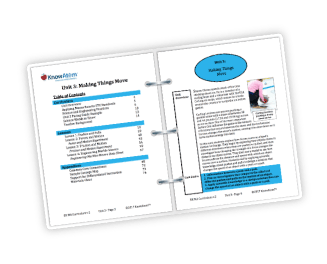
Prepared hands-on materials, full year grade-specific curriculum, and personalized live professional development designed to support mastery of current state science standards.
Abdomen: the back segment of an insect where the stomach is; some insects also have stingers here
Animal: a living thing that needs to eat other living things for energy, breathes oxygen, and undergoes growth and reproduction
Antennae: body parts of insects that are used to smell, touch, and taste things
Colony: a group of insects living together in one space; ants, bees, and wasps live in colonies
Communicate: to share information with
Head: the front segment of an insect where the antennae, mouthparts, and eyes are found
Insect: an animal with an exoskeleton, six legs, and three body segments (head, thorax, and abdomen)
Thorax: the middle segment of an insect where the legs and wings are found
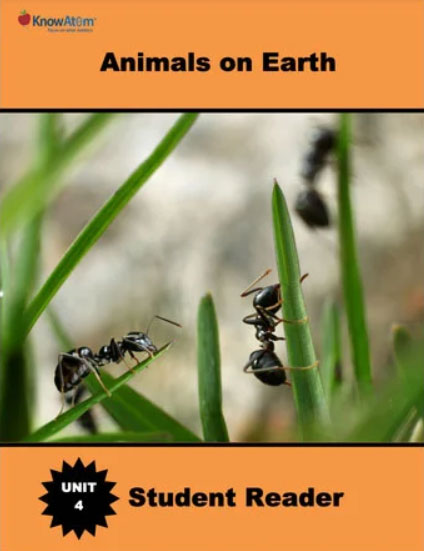
Living Together
Ants are social animals. They live in groups called colonies. Some ant colonies have millions of ants in them. Different ants have different jobs in the colony. One ant is in charge of reproducing. This ant is the queen. Other ants get food for the colony. Some protect the colony. Some build tunnels. Others raise the young.
Working Together
Ants work together to find food. One ant leaves behind a trail. Other ants can smell it with their antennae. Pretty soon ants will move back and forth from the nest to the food. Ants carry food back to the nest using their jaws. Other ants in the nest can then share that food.
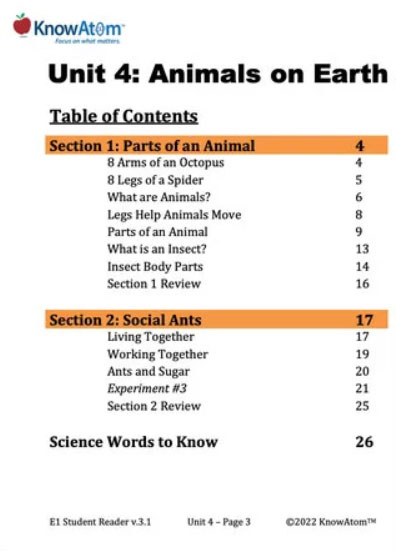
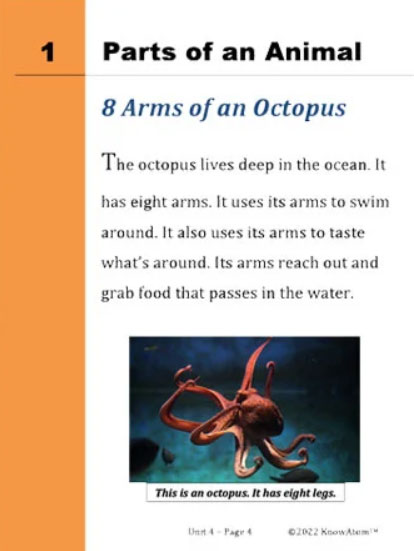
Ants and Sugar
Have you ever left something sugary on the ground? You might see a long line of ants moving toward it. Many ants love sugary foods. The sugar gives them a lot of energy very quickly.
Ants use their antennae to help them find sugary foods. Their antennae help them follow other ants to where the food is. Ants also use their feet to taste.
In the investigation portion of the lesson, students aim to determine whether harvester ants eat more sweet or sour food. Students design a question to ask for their experiment, draw a scientific diagram to represent the experiment, and come up with a hypothesis before they test it. Once they have gathered observational data from watching the ants eat the two food options, students draw a conclusion using the evidence and discuss their findings.
KnowAtom incorporates formative and summative assessments designed to make students thinking visible for deeper student-centered learning.
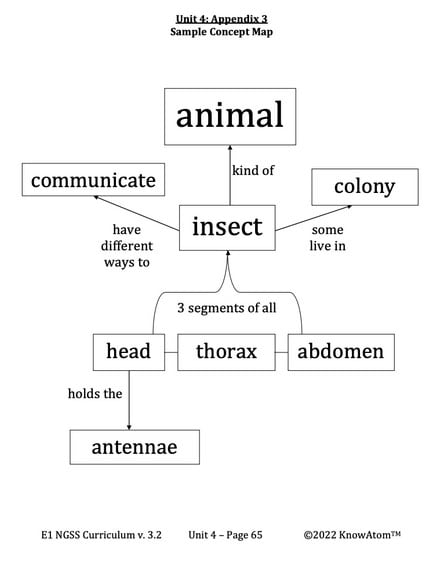
Standards citation: NGSS Lead States. 2013. Next Generation Science Standards: For States, By States. Washington, DC: The National Academies Press. Neither WestEd nor the lead states and partners that developed the Next Generation Science Standards were involved in the production of this product, and do not endorse it.